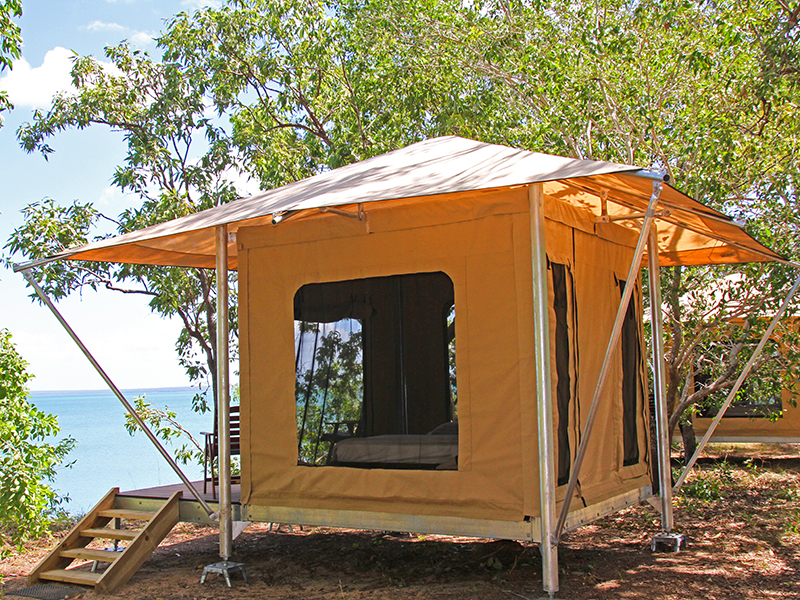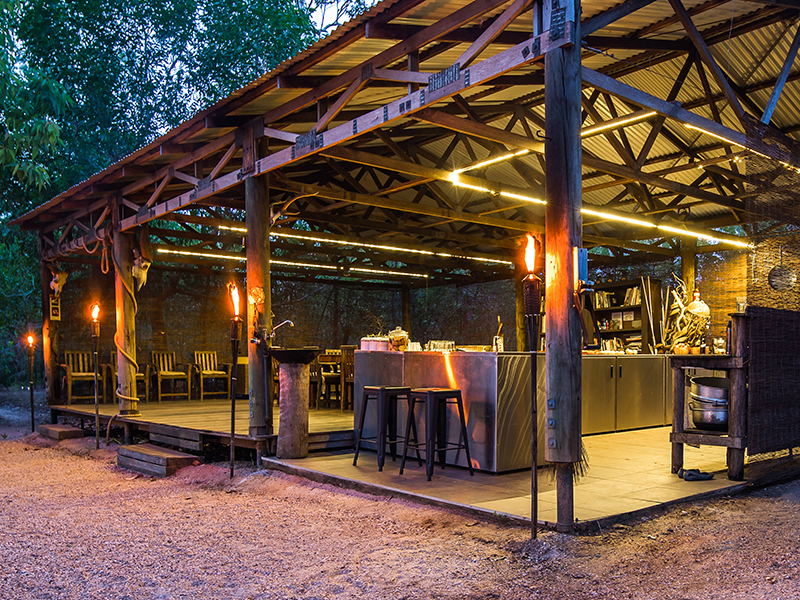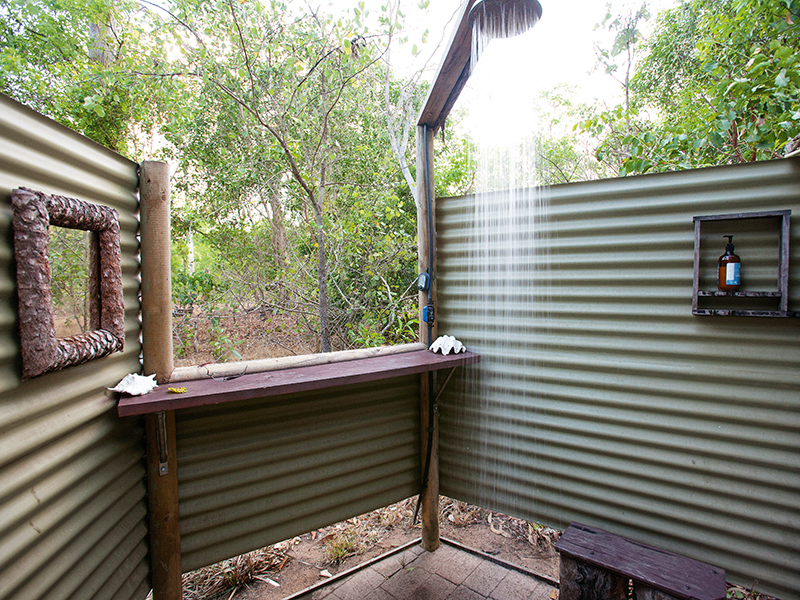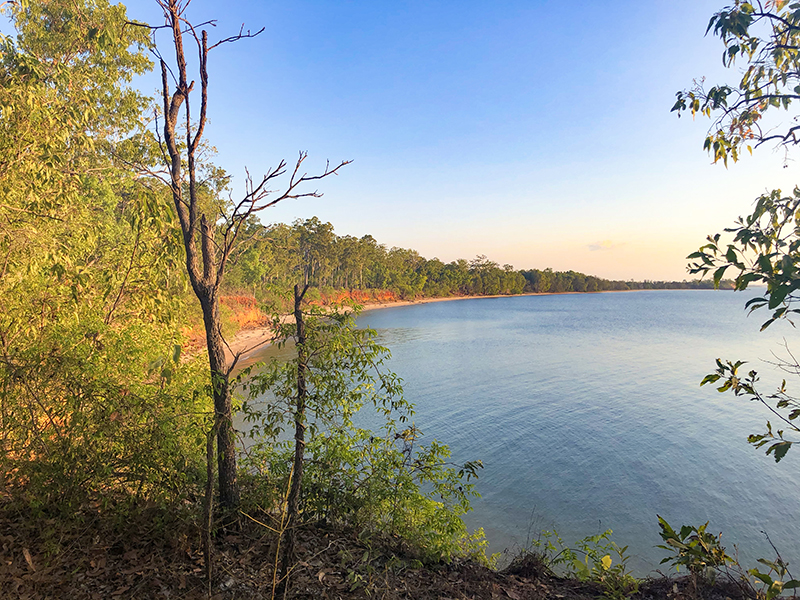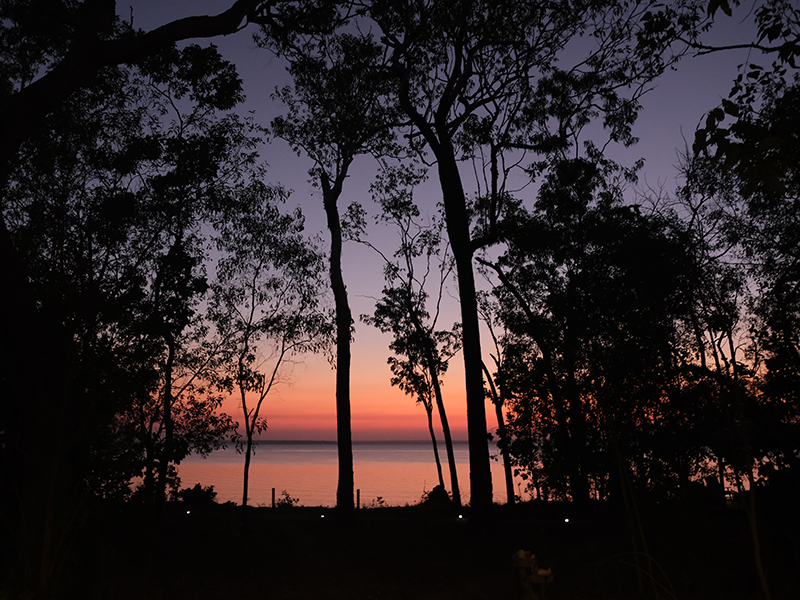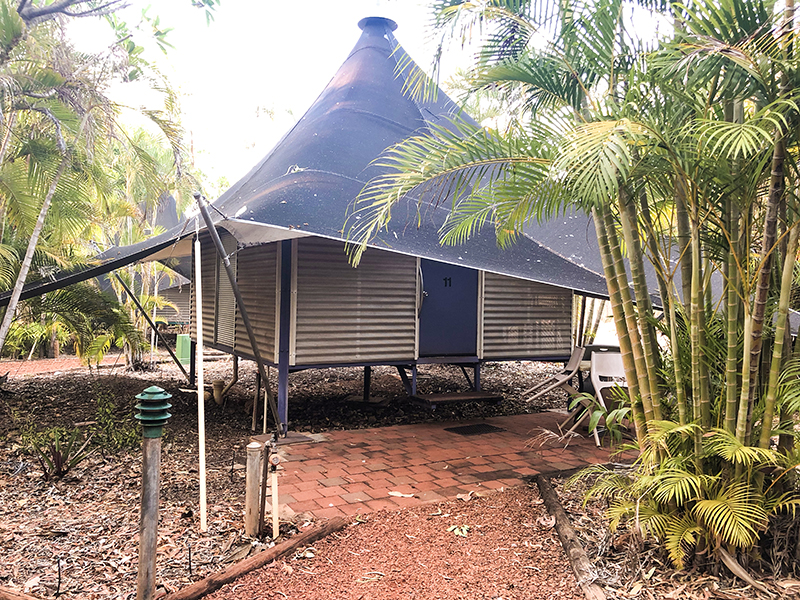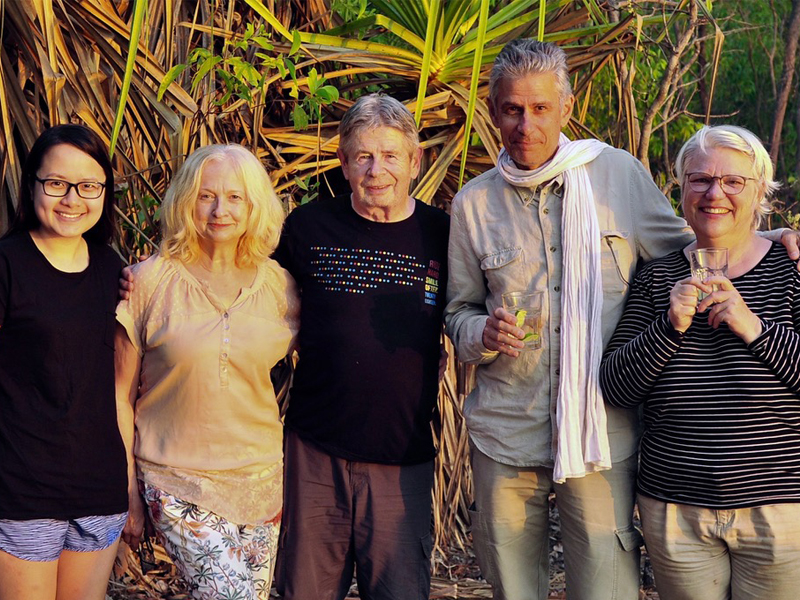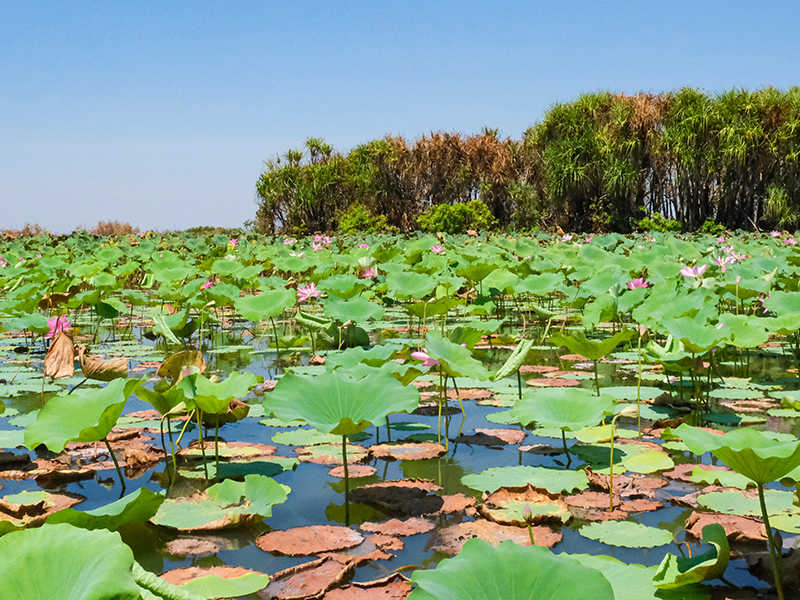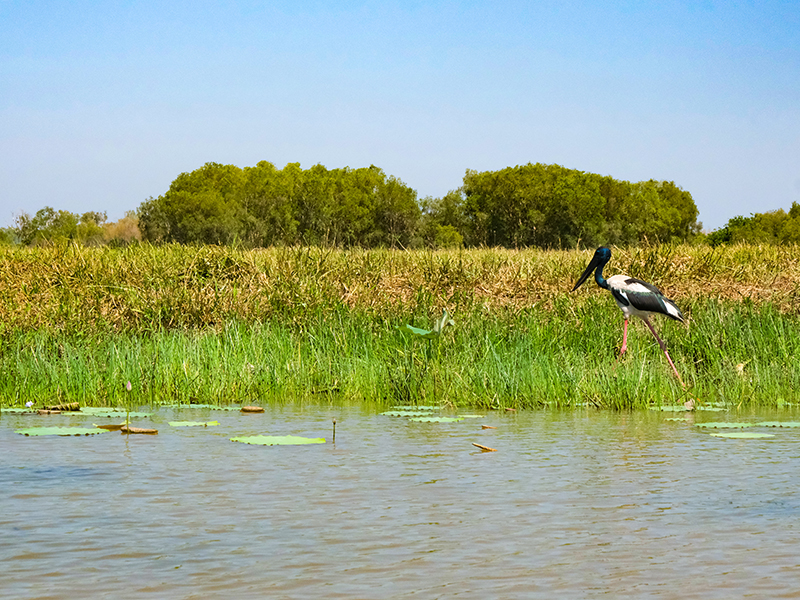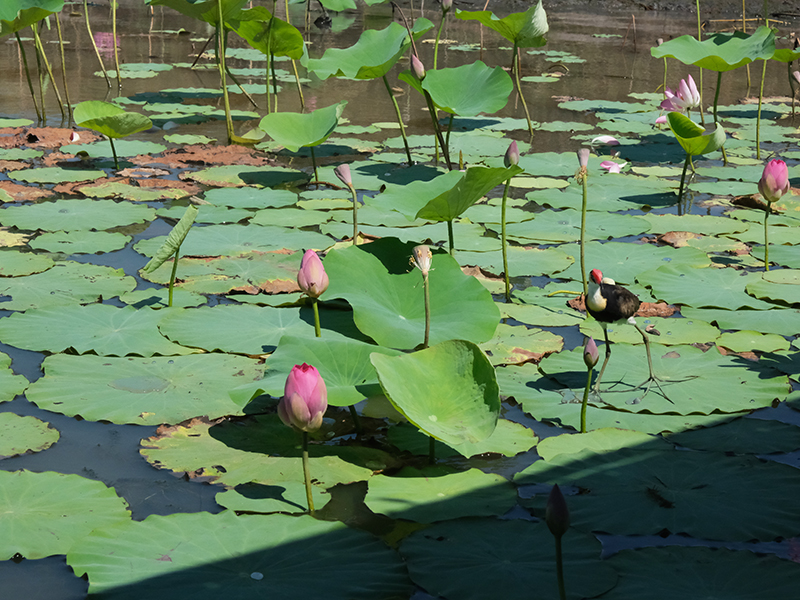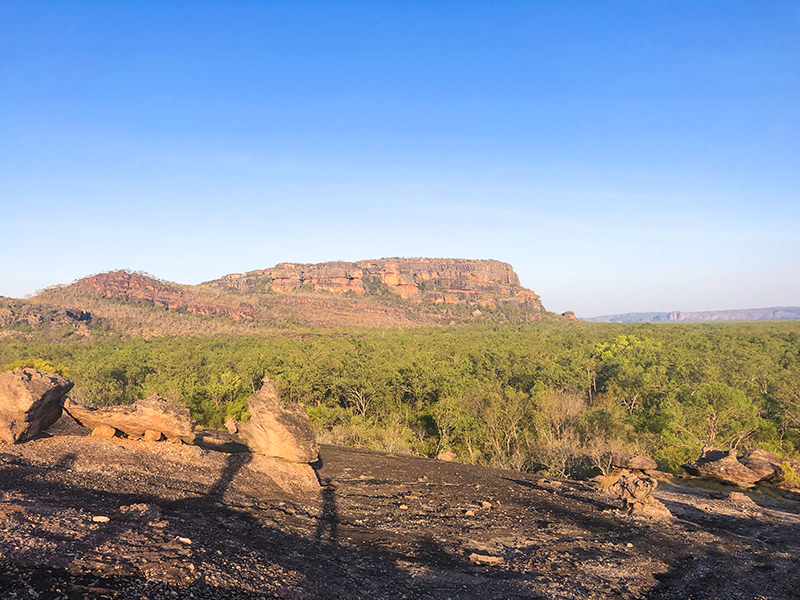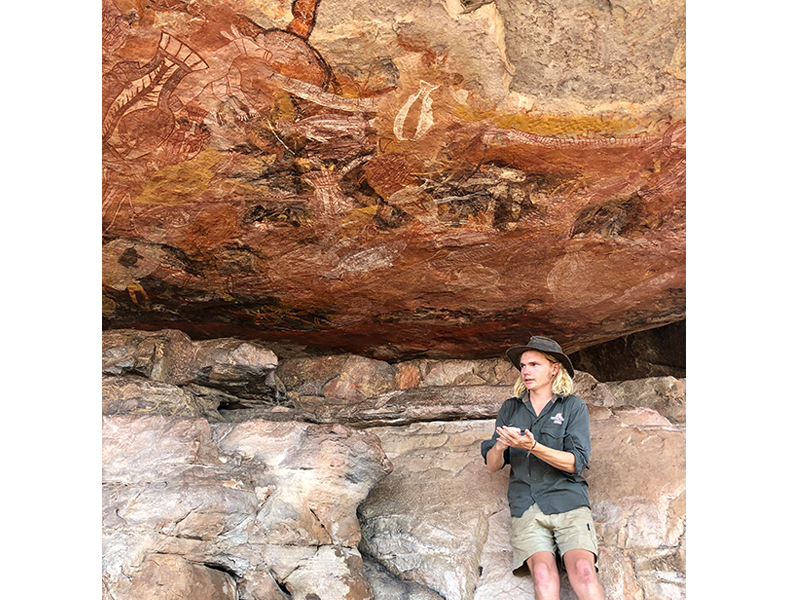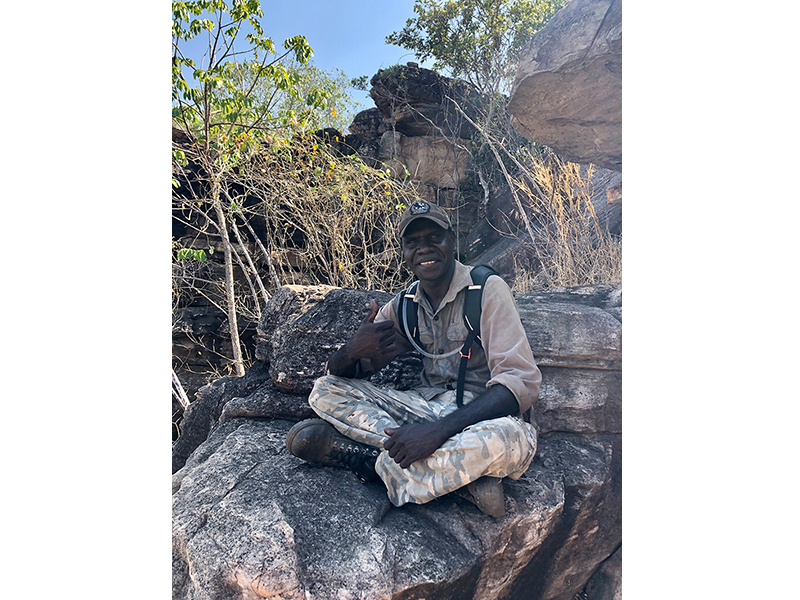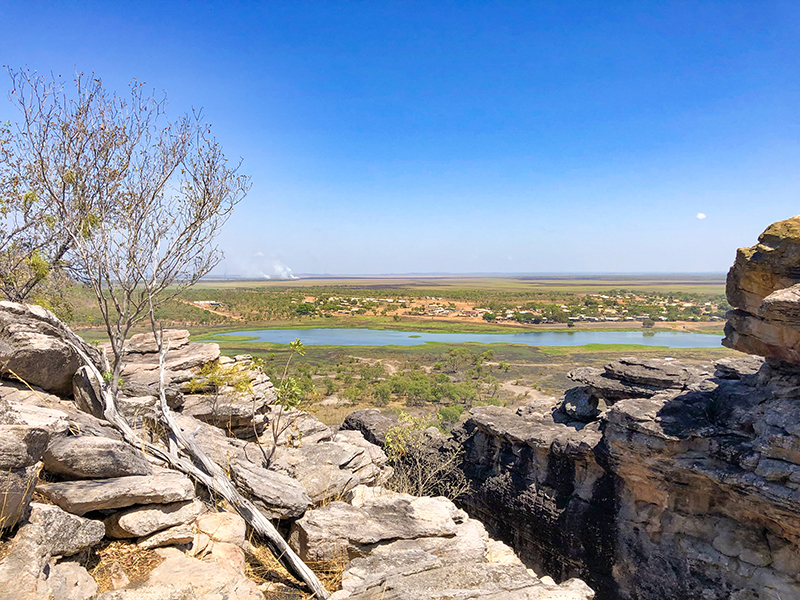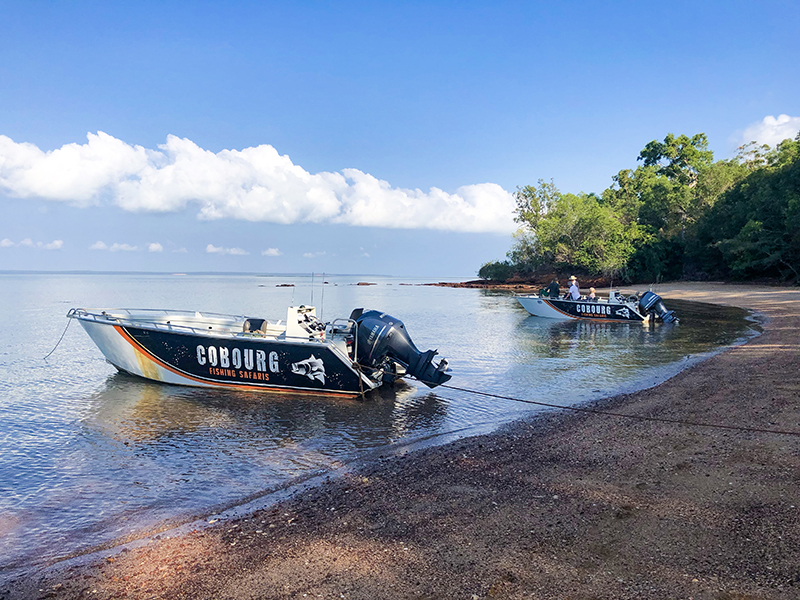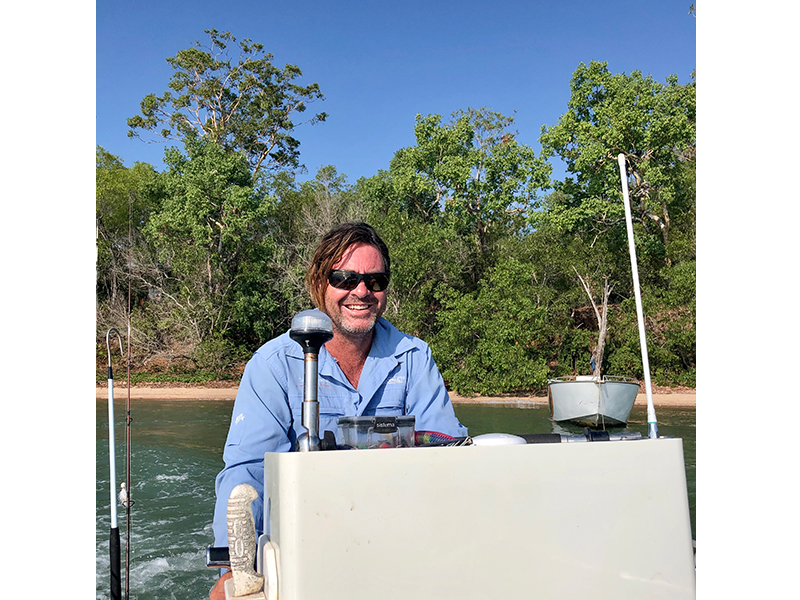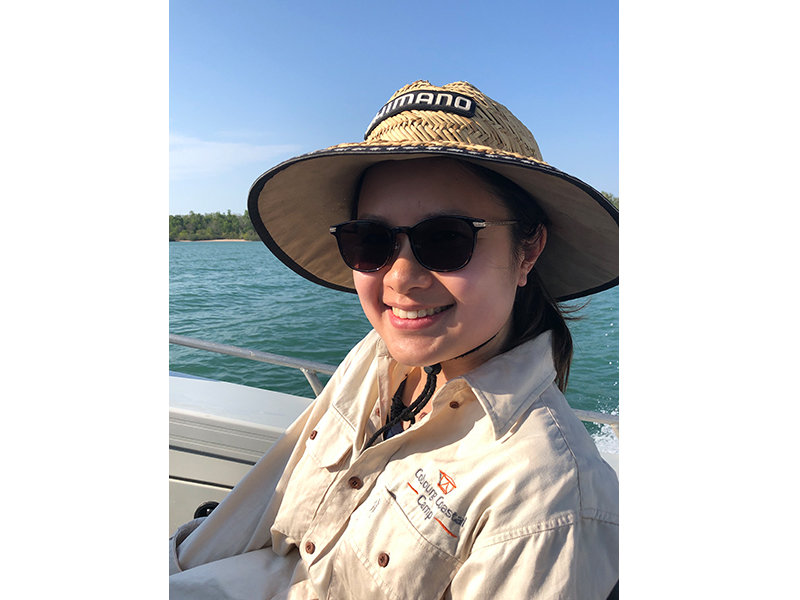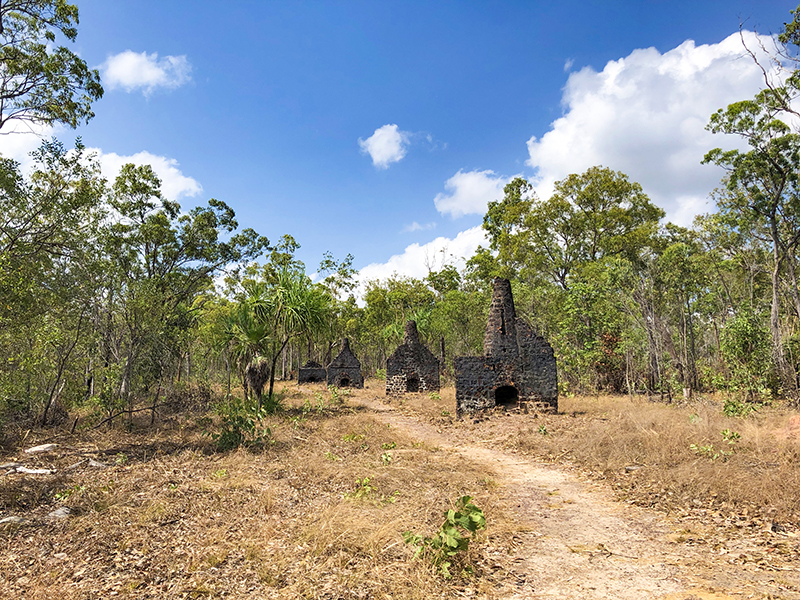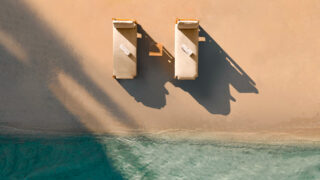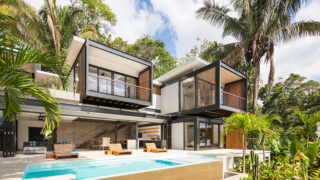Having lived in the city my whole life, I have a sweet spot for the country. Fresh air and no crowds – it’s the dream. That’s why I was excited to go on tour recently with Venture North Safaris to the Northern Territory in Australia. Honestly, though, I was a tad nervous about the ruggedness of the Aussie outback – particularly the creepy creatures I might encounter. But I’m so glad I went! No more beating around the bush (sorry, I had to); here’s a glimpse of what I got up to during my first Aussie bush experience.
The experience
Venture North’s “Kakadu, Arnhem Land and Cobourg Peninsula Tour” is done across five days and is a great one for those who want an authentic bush experience, but still desire some creature comforts. Running from May to October, each tour takes up to six guests – my travel companions were two retired couples from Switzerland and Canada. The 12-hour drive to the Cobourg Peninsula is done in a sturdy four-wheel drive vehicle and spread across two days, bringing you through a variety of stunning landscapes. Many of the roads are unpaved, so be prepared for some jostling and bumps on your journey.
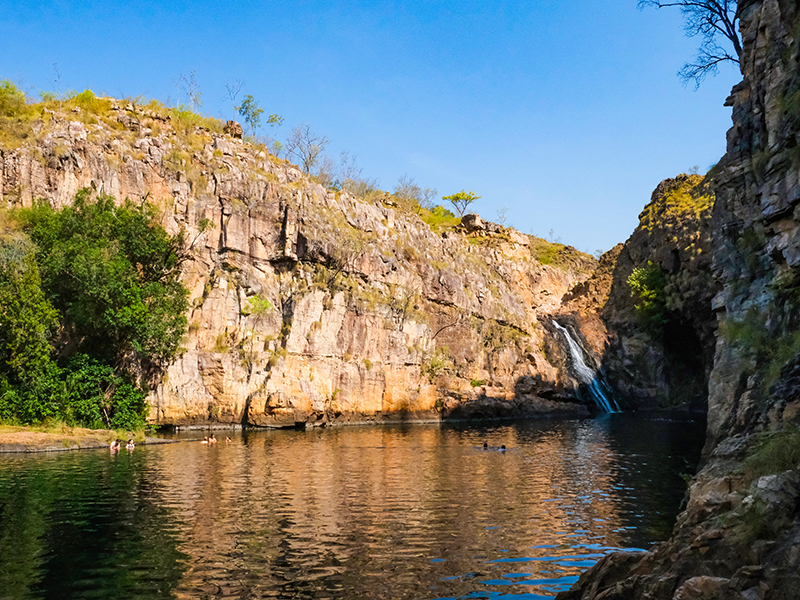
I was picked up bright and early from my hotel in Darwin on the first day of the tour. Out from the driver’s seat jumped a young blonde bloke with shoulder-length locks who swiftly stowed my duffle in the trailer behind. He introduced himself as Damon, our guide for the tour. We later found out that he is Venture North’s youngest tour guide – he’s 21 – and probably the youngest in the Northern Territory.
Throughout the week, Damon drove and guided us, and prepared our meals – talk about the total package. One of the ladies on tour joked that he would make the perfect husband. Damon definitely knew his stuff and was a great guide. He was attentive and made sure we were comfortable on the long drives, making stops for bathroom breaks and to allow us to stretch our legs. Although the roads were rough, he did very well and got us safely from one destination to another.
Fab food
Being out in the wilderness, you’d think that the food would be simple. However, our meals were anything but basic. Breakfasts ranged from cereal, yogurt and colourful fruit platters to fluffy pancakes and a cooked breakfast of bacon and eggs. Lunches were mainly eaten while we were out and about; en route on our first day, Damon set up a table and chairs in the middle of the bushland, with a tablecloth to boot! He would bring out bread and wraps to eat with slices of ham, smoked salmon and even a whole roast chicken. With everything nicely arranged on tin plates, there would also be a freshly prepared salad and a selection of condiments and relishes. For dinners, we were treated to barramundi, steak, lamb – even a fish curry.
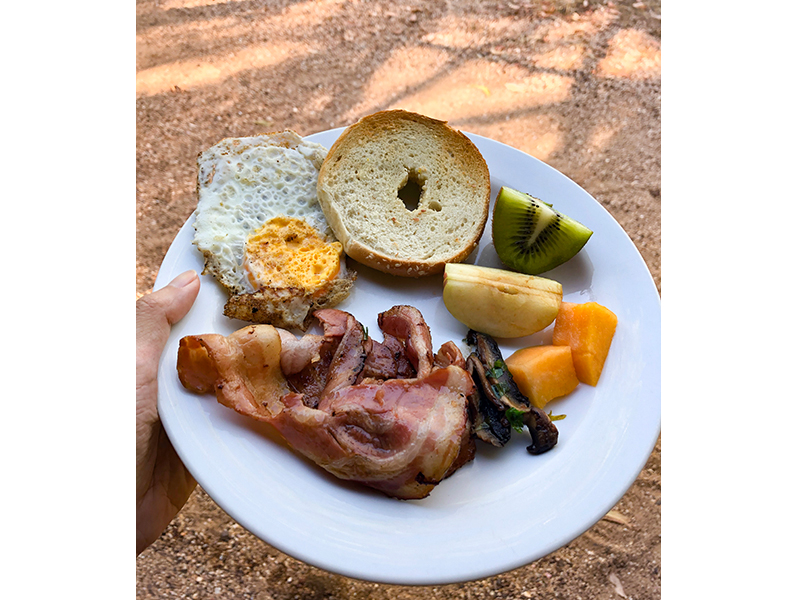
Along the drives, we stopped for tea breaks, with coffee, tea, juice and biscuits to munch on. Once, Damon even brought out a chocolate cake! The car also had an endless supply of refreshing cold water to keep us hydrated in the heat of the outback.
Simple stays
The accommodation on tour was basic but far from shabby. On our first night, we stayed at Anbinik Kakadu Resort in Jabiru. I slept in a bush “bungalow”, as they called it, an elevated tent-like accommodation with a double bed and a bunk bed that can sleep up to four people. There was a ceiling fan which kept the room cool and a small refrigerator, kettle and sink. I had a private bathroom located in a separate building just down the path.
The last three nights of the tour were spent at Cobourg Coastal Camp, Venture North’s base camp in the Garig Gunak Barlu National Park, Northern Arnhem Land. Located atop a cliff overlooking Port Essington, the remote campsite is absolutely beautiful – and park management limits access to only 20 vehicles at any one time. Once we arrived, we were greeted and shown around by our friendly host Annie. We also got to meet skipper Travis, his wife Holly and their two little boys.
Sleeping and eating
I stayed in a yellow safari-style tent, which come with two single beds, small bedside fans and solar-powered lights. It was surreal waking up to the cool morning breeze, the sound of the waves and the view of the bay. The eco-friendly campground has three outdoor showers with hot water (heated by the sun) and composting toilets located a short walk away from the tents. With views of the bushland, they are clean and well-maintained. There’s also a special toilet along the cliff that overlooks the bay – you’ve got to check it out!
We had our meals at the sheltered outdoor dining area, which has a fully equipped open-concept kitchen, large dining table and couches. It’s the only place in the camp where you can charge your devices, as the tents don’t have power outlets. There’s also a shelf of books for guests to enjoy, from guides on crocodiles and birds to outdoor activities and Australian indigenous culture. (My pick was How to Sh*t in the Woods, which included some hilarious accounts of unfortunate situations you wouldn’t want to find yourself in.) Afternoons can get warm, so to get some breeze, hang out at the sofas at the lounge area by the cliff. Each evening, we gathered for canapés by the cliffside and enjoyed the vibrant sunsets.
Nature at its best
I was blown away by the landscapes and wildlife that I witnessed during the tour. From bushland, stone country and woodlands to billabongs, floodplains and wetlands, it was amazing to witness the beauty of the Northern Territory.
Our first stop of the tour was Corroboree Billabong where we took a leisurely morning cruise. Part of the Mary River, the area is home to all sorts of birds, such as egrets, swamphens, whistling kites and jabirus. There was a jacana (also known as the Jesus Bird) that came up-close, daintily walking on the lily pads by our boat. Besides birds, we also spotted three crocodiles! On our way back to Darwin, we stopped by Mamukala Wetlands in Kakadu National Park, another bird-watcher’s dream. Looking out from the boardwalk, we saw hundreds of magpie geese and pied stilts making a huge racket, watched by a lone water buffalo lying by the water.
Famous Kakadu
The tour also brought us to the renowned Kakadu National Park, Australia’s largest national park and a World Heritage site. After a one-kilometre trek through forests and along Barramundi Creek, we arrive at the waterfall and plunge pool of Maguk. The walk is rocky, so wear suitable shoes and bring loads of water to hydrate yourself. We also dropped by Nawurlandja Lookout in the late afternoon and caught views of its beautiful surrounds in a golden-hour glow. The hike up the steep rock slope took some effort but it was definitely worth it, overlooking surrounding woodlands and stone country. Another must-visit is Ubirr Rock, which is renowned for its ancient rock art.
While we were staying at Cobourg Coastal Camp, Damon drove us to visit other parts of the peninsula. One stop was Black Point Culture Centre and Ranger Station, which had loads of informative exhibits and artefacts about Cobourg Peninsula’s history. We also visited Smith Point beacon, stopped by a beach to hunt for mud crabs, and went bush bashing. Later that afternoon, Travis took us out on his boat for some fishing; I caught a little Australian Stripey.
Culture and history
One of the country’s few authentic wilderness areas, Arnhem Land remains relatively untouched. The sprawling and remote aboriginal land features dramatic rocky escarpments, rivers and savannah bushlands. While there, we visited Gunbalanya, an indigenous town. We spent some time at Injalak Art Centre, a non-profit community arts centre selling traditional artwork and handicrafts, from paintings and prints to linens and baskets.
We also hiked up Injalak Hill with local guide Ezeriah to check out its famous Aboriginal rock art. Over 8,000 years old, the drawings in red, yellow, white and black pigments feature people and fairy-like Mimi spirits portrayed in an x-ray style, along with creatures such as the long neck turtle and long tom fish. We were told the fascinating Dreamtime stories behind the images (many were also used to teach morals and life lessons) and how they were created, giving us a glimpse into the spiritual significance of the art and beliefs of Australia’s first people. We also climbed to a lookout, which gave us an amazing bird’s-eye view of Gunbalanya and its surroundings.
Back at the Cobourg Peninsula, we spent a morning exploring Port Essington with skipper Travis. We sailed to Victoria Settlement, a failed British outpost. With the aim to be the next major trading post, the town faced many setbacks including a cyclone and a malaria outbreak, and was eventually abandoned after just 11 years. As we walked around the ruins, Damon pointed out structures of the town that remained, such as the hospital and married quarters, with only their chimneys left standing.
Final thoughts
So, how was my first outback experience? In a word, incredible – and I’d do it again in a heartbeat. Dusty paths, bumpy roads, tents and outdoor bathrooms (quite literally outdoor at times – I’ll leave it as that) are all part of its charm. The Northern Territory is absolutely beautiful and has so much to offer. I won’t miss the flies, but NT, I’ll be back for you!
Venture North Safaris also conducts small group tours to Kimberley and East Arnhem Land, and organises private charters and fishing charters. For more details and to book a tour, visit venturenorth.com.au or email info@venturenorth.com.au.
Like this? Read more in our Travel section:
Travel news: Places to stay and play
Best short breaks from Singapore
Don't miss out on the latest events, news and
competitions by signing up to our newsletter!
By signing up, you'll receive our weekly newsletter and offers which you can update or unsubscribe to anytime.

